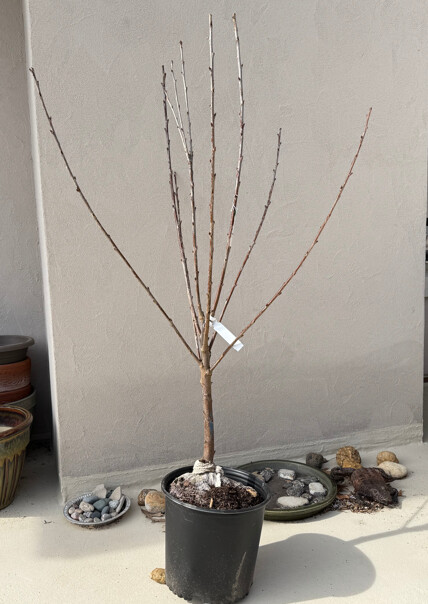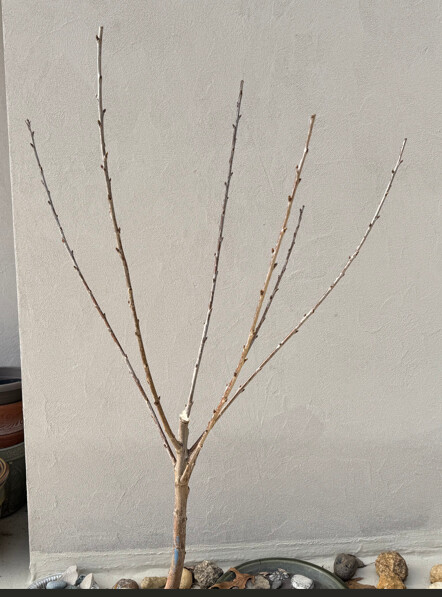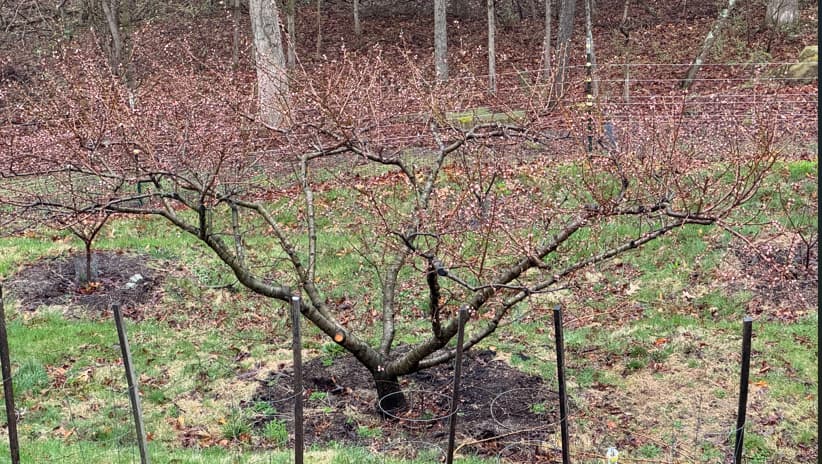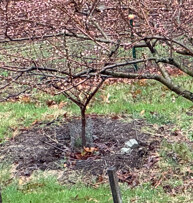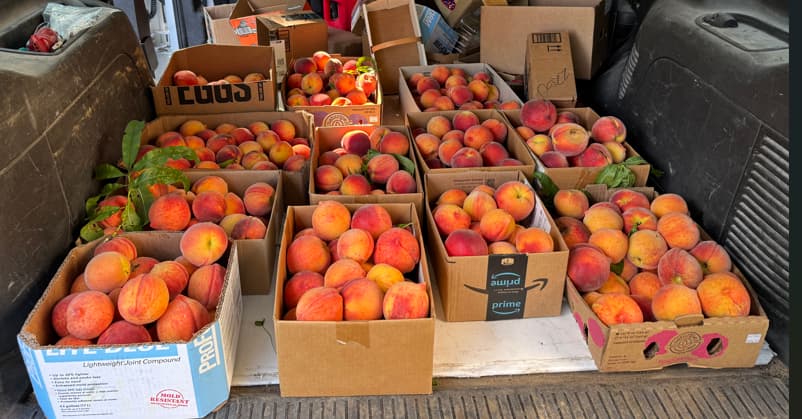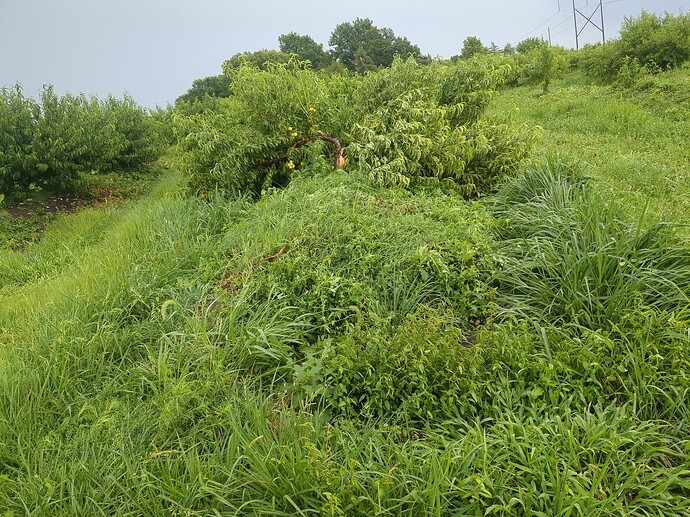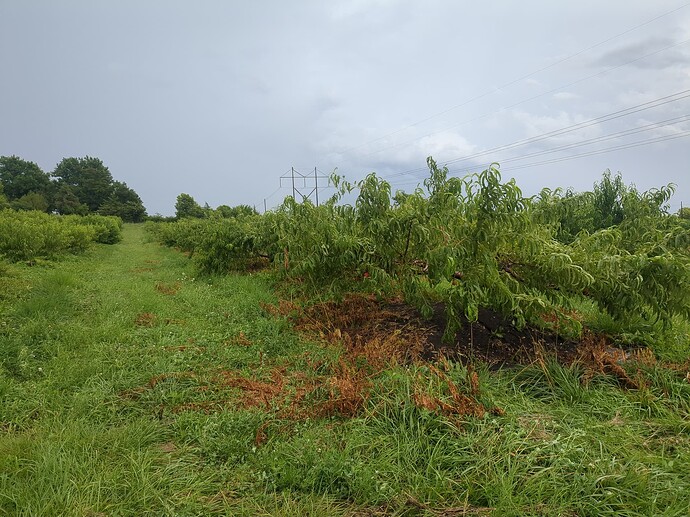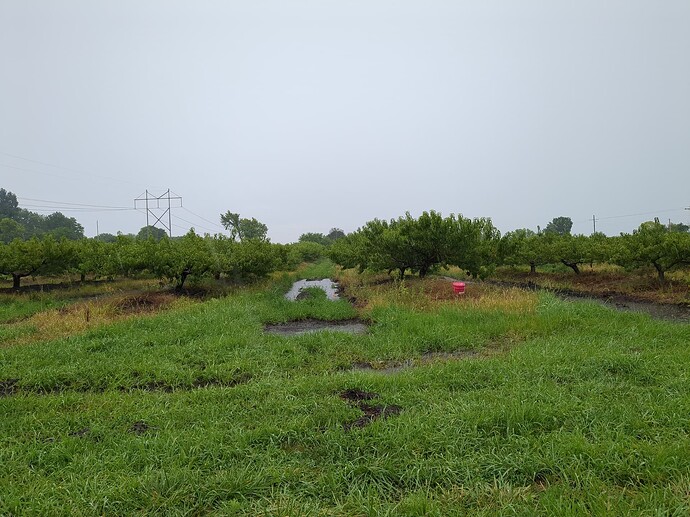Good afternoon!
I recently joined this forum because my biggest passion is growing fruit (well…trying to grow fruit). My name is Jimmy and I live in NE Indiana and I started growing fruit trees about 5 years ago. I started by planting a sour cherry tree I got from traverse city, Mi. I love fruit and the cherry tree was a nod to my childhood cherry tree I had at my house we had growing up. I had a couple lemon trees I was toying with in my small grow room with my houseplants. I pretty much killed them with love (overwatering) eventually and was set back to “I can’t grow fruit”……then I got more involved with gardening and what do you know, along came more in ground fruit trees. That was almost 6 years ago, and now I have many more fruit trees. I have the following 3 sour cherry, 4 plums, 19 apple trees, 2 nectarines, 7 peach trees, 2 pear trees, 3 blueberry bushes, 2 paw paws, hardy kiwi, service berry bush, 2 gooseberry, white/red/black currants, 20 black/red/gold raspberries, red and black goji berry, 60 fig trees in pots, honey berries, josta berries, elderberry, Nanking cherry, eastern stone cherry, and che trees……I may have missed one or two lol…a lot of these have been just planted this year and quite a few are still in pots. Ya, my obsession quickly turned to madness. Well I do have some questions if anyone could answer for me:
-
Can I still plant smaller plants and have them survive? I still have honey berries, currants, and a couple other small rooted plants. They are pretty small, like 6” or less. Most are actively growing now but our winters get cold here.
-
How would I go about summer pruning my peach, apple, plum, and cherry trees? I have done some research on the matter but the info is clouded. Some say no, others say yes. If so what conditions do I look out for? Rain and timing of course are key factors.
-
Should I prune out some of the unwanted branches from my barefoot fruit trees I planted this spring? I want to start training them but I don’t want to take away growth that will help the trees store energy to survive the winter. They are all pretty much growing good.
-
What all around fungicide/insecticide do you guys use? Maybe a fungicide and an insecticide separate as well? I use sulfur and pyrethrum, copper fungicide, and fruit tree guard. I have also used Spinosad, but I seem to get behind the ball. I have also used surround this year and it is pretty unsightly, but it does work until the growth outgrows the sprayed leaves. I could do a lot better with spraying in the beginning of the season, but it’s usually wet and cold, which is a perfect time to spray.
I am open to any info, previous posts, experience, or websites that will help answer some of my questions.
